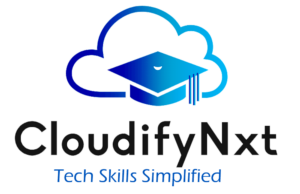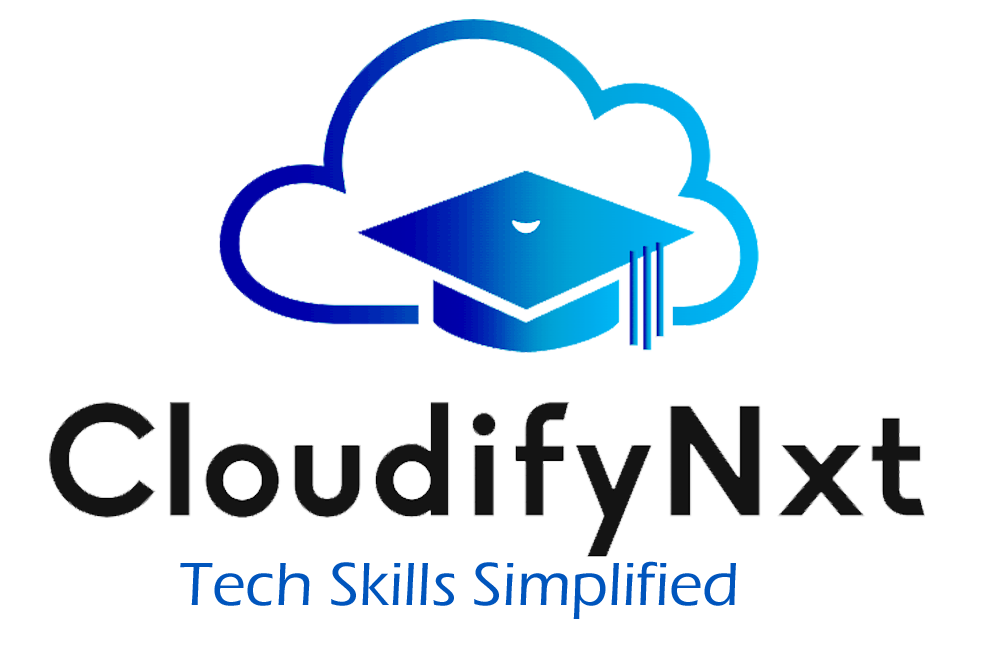
Is It Possible to Learn Data Science While Working?
Contents
- 1 Introduction
- 2 Key Benefits of Learning Data Science While Working
- 3 Challenges Working Professionals Face
- 4 Best Practices for Learning Data Science While Employed
- 5 In-Demand Data Science Skills to Learn While Working
- 6 Realistic Timeline: How Long Does It Take?
- 7 Staying Motivated During Your Journey
- 8 Work-Life-Learn Balance: It Is Achievable
- 9 Frequently Asked Questions (FAQ)
- 10 Conclusion
- 11
Introduction
In today’s digital-first job market, learning data science can unlock high-demand opportunities across industries like finance, healthcare, marketing, and tech. But if you’re a working professional with a full-time job, family responsibilities, or limited hours in the day, a common question arises: “Can I really learn data science while working?” The short answer is yes, and many professionals are already doing it successfully.
Whether you work in IT, finance, customer service, or any other domain, data science can complement your career or even pivot you into a new one. In this article, you’ll discover actionable strategies, essential tools, and time-saving tips to help you master data science alongside your job.
Key Benefits of Learning Data Science While Working
-
Real-world application: Use company data to test your new skills.
-
Career advancement: Become eligible for promotions or transitions into data-driven roles.
-
Flexible learning options: Online platforms, weekend classes, and micro-courses are widely available.
-
Networking opportunities: Engage with peer groups, online communities, and virtual bootcamps.
-
Increased earning potential: Data professionals command some of the highest salaries in tech.
Challenges Working Professionals Face
-
Lack of time and energy after work hours
-
Difficulty in choosing the right learning resources
-
Managing family or personal commitments
-
Inconsistent study schedules
-
Overwhelm from the vastness of data science topics
But with the right strategies and mindset, these challenges are completely manageable.
Best Practices for Learning Data Science While Employed
1. Create a Personalized Learning Plan
Start by defining clear learning goals based on your current knowledge and future career interests. Whether it’s data analysis, machine learning, or big data tools, break your goal into weekly or monthly milestones.
Examples of Weekly Learning Goals:
-
Week 1: Learn Python basics (variables, loops, functions)
-
Week 2: Understand data structures and libraries like NumPy & Pandas
-
Week 3: Complete small data wrangling project
-
Week 4: Learn basic data visualization (Matplotlib, Seaborn)
2. Set a Consistent Schedule
Consistency beats intensity. Even 30–45 minutes a day is enough if done consistently. Use early mornings, lunch breaks, or weekends to learn.
Time Management Tips:
-
Block calendar time for study
-
Use focus techniques (e.g., Pomodoro method)
-
Reduce time-wasting habits (social media, binge-watching)
3. Choose High-Quality Learning Resources
Pick courses and tools tailored for working professionals. Look for content that is:
-
Modular and self-paced
-
Beginner-friendly with hands-on exercises
-
Aligned with real-world data science roles
Popular Topics to Focus On:
-
Python for Data Science
-
SQL for Data Analysis
-
Statistics & Probability
-
Data Visualization (Power BI, Tableau, Python libraries)
-
Machine Learning Basics
4. Apply What You Learn Immediately
One of the most effective ways to retain data science knowledge is to apply it in real scenarios.
Ways to Practice:
-
Analyze data from your workplace (with permission)
-
Participate in online challenges or competitions (e.g., mock datasets)
-
Build mini-projects: customer segmentation, sales forecasting, churn analysis
5. Use the Right Tools
When learning part-time, it’s important to use tools that make learning and practice efficient.
Recommended Tools:
-
Jupyter Notebook – for interactive coding
-
Google Colab – no setup required, cloud-based
-
Kaggle Datasets – explore real-world data
-
VS Code – lightweight and fast for Python
-
Power BI/Tableau – for visual storytelling
In-Demand Data Science Skills to Learn While Working
Learning smartly means focusing on the most valuable and searchable skills in the job market.
Must-Have Skills:
-
Python Programming
-
Data Cleaning & Wrangling
-
SQL Queries
-
Exploratory Data Analysis (EDA)
-
Data Visualization
-
Basic Machine Learning Algorithms
-
Model Evaluation & Tuning
Realistic Timeline: How Long Does It Take?
If you study part-time (~5-7 hours/week), here’s a general roadmap:
-
Month 1–2: Learn Python and data handling libraries (Pandas, NumPy)
-
Month 3–4: SQL, data visualization, basic statistics
-
Month 5–6: Intro to machine learning and model building
-
Month 7+: Build portfolio projects and explore advanced topics (NLP, deep learning)
Staying Motivated During Your Journey
-
Celebrate small wins (completed module, project)
-
Track progress in a learning journal or app
-
Engage in communities (LinkedIn, Reddit, Discord groups)
-
Mentorship: Connect with experienced data scientists for guidance
-
Stay inspired by watching webinars, reading success stories, or following top data influencers
Work-Life-Learn Balance: It Is Achievable
You don’t have to sacrifice your job or life to build a career in data science. It’s about balance and commitment.
Balance Strategies:
-
Batch similar learning tasks (e.g., watch 3 video lectures on Sunday)
-
Take short breaks to avoid burnout
-
Communicate with family or roommates for quiet study time
-
Ask your employer for support—some may sponsor your learning
Frequently Asked Questions (FAQ)
Q1: Is data science hard to learn while working full-time?
A1: It can be challenging, but with discipline and proper planning, many professionals succeed.
Q2: How many hours a week should I dedicate to learning?
A2: Ideally 5–10 hours/week, depending on your goals.
Q3: Can I switch careers to data science after learning part-time?
A3: Yes, many have transitioned into data science after self-learning and building a strong portfolio.
Q4: Do I need a data science degree to get a job?
A4: No. Skills, certifications, and real-world project experience often outweigh formal degrees.
Q5: What’s the best language to start with?
A5: Start with Python—it’s beginner-friendly and heavily used in the field.
Conclusion
Yes, you absolutely can learn data science while working full-time. With the right mindset, consistent effort, and strategic planning, you can equip yourself with skills that can transform your career and future. Whether you want to shift into a data-driven role or enhance your current job with analytical capabilities, the path is accessible—even with a busy schedule.
